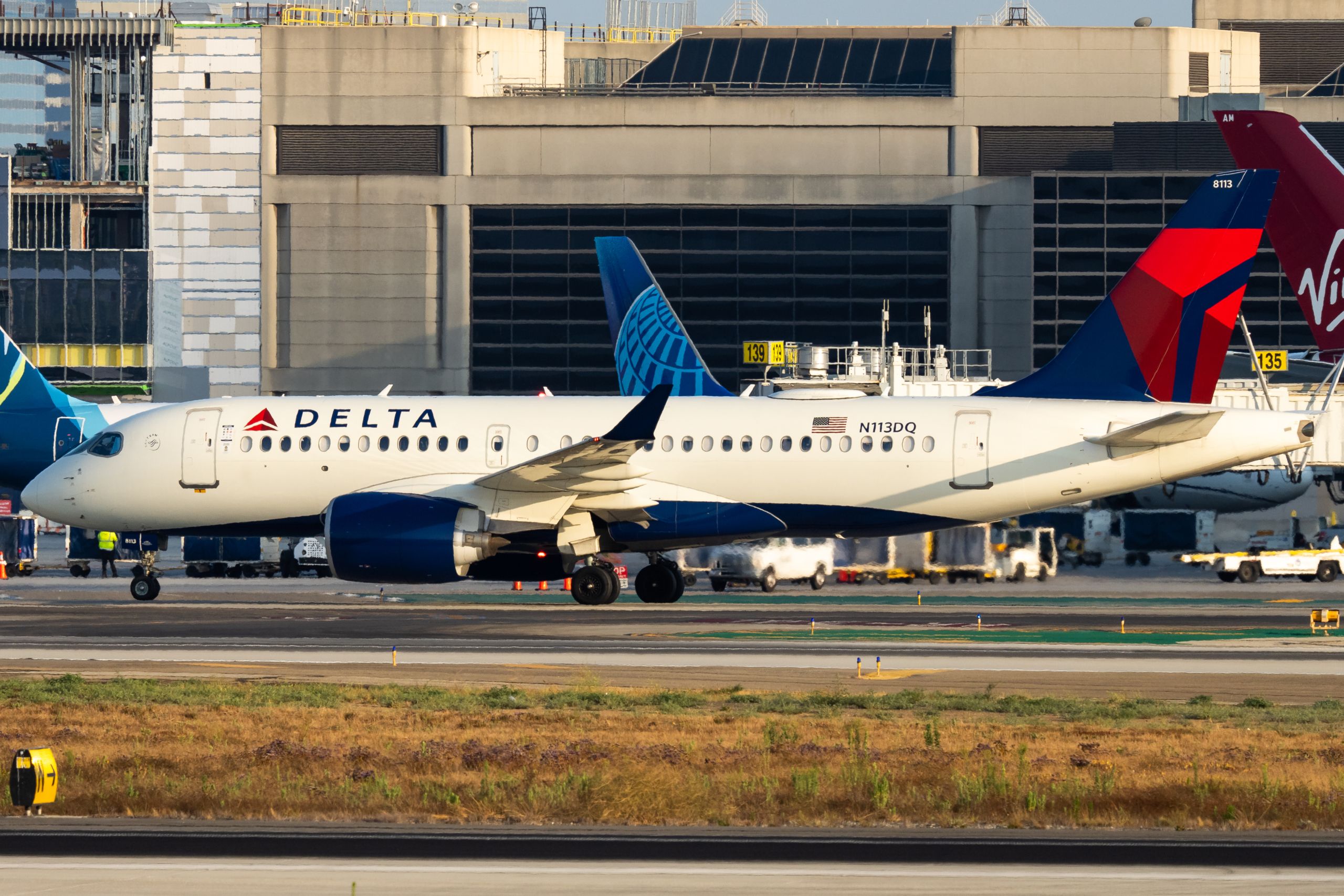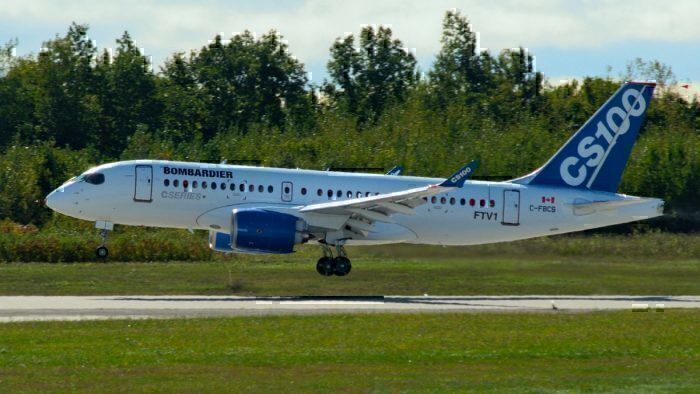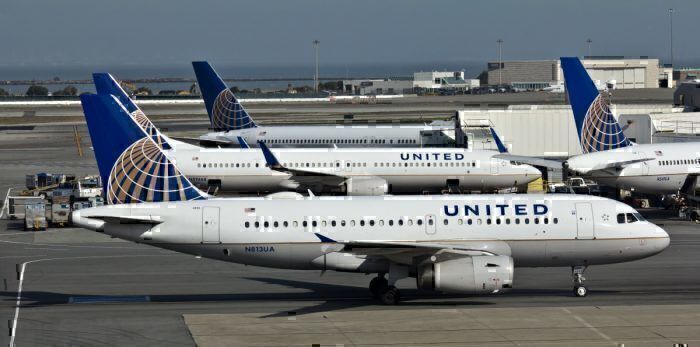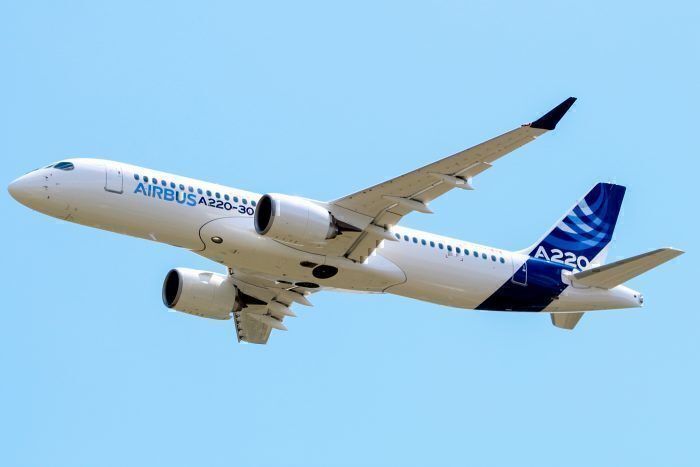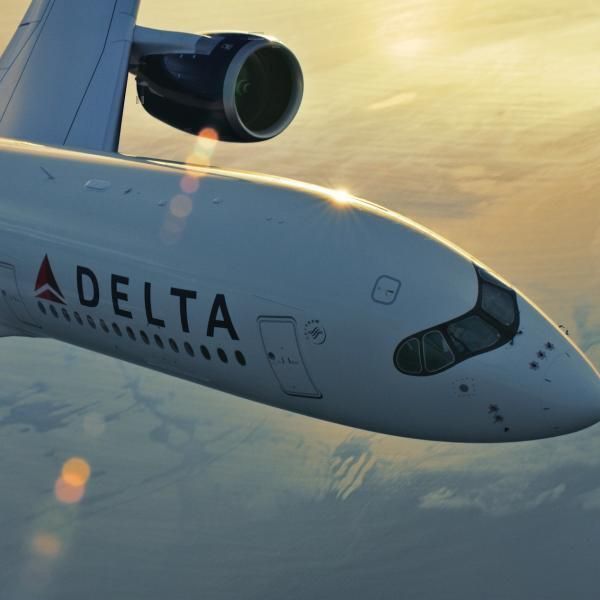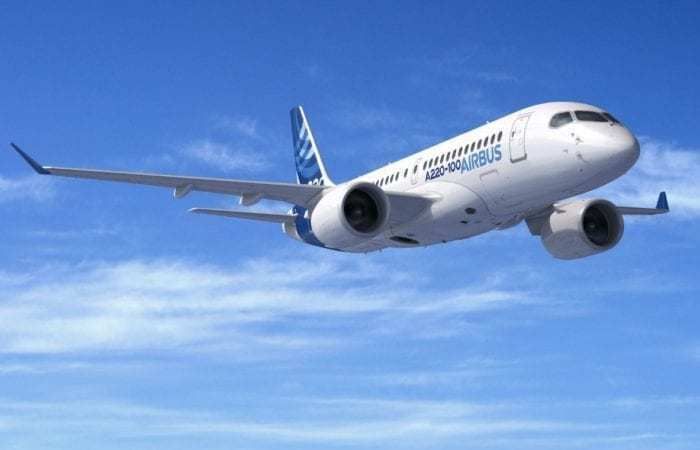In the first year of sales, Airbus has taken the A220 to new heights. Achieving half as many sales in 12 months as Bombardier did in a decade seems absurd, but it’s what we’ve all watched happening. So, is a name really all it takes to sell a plane?Bombardier launched the C-Series in 2008, and in the next 10 years would go on to take just 402 orders for both variants in total. In just a year of Airbus owning the program, that number has increased by 50%. So when we’re talking about the exact same aircraft, how can one name sell so many, and another so few?
Bad timing at Bombardier
The plane we’re talking about here is an awesome commercial jet, regardless of whether it’s an Airbus or a Bombardier. Quiet, efficient and somehow achieving a Tardis-like sense of space on the inside, it was designed to be a winner with both passengers and operators. So why didn’t it sell for Bombardier?
The Canadian jet maker poured everything into their new plane. Investing CA$5.4bn in the development of the C-Series, they brought us a composite fuselage and a first-of-its-kind engine. It promised to help operators cut costs while providing a best-in-class passenger experience too. What they didn’t count on was cheap aircraft fuel giving a new lease of life to older, thirsty jets.
The Montreal Gazette reports that, between 2011 and 2015, there were almost 1,000 sales and leases of used A319s and 737-700s. With oil plunging to a record low at the start of 2016, airlines were keener to pick up cheap, used Boeing and Airbus jets than to splash the cash on a brand new C-Series.
Notably, Reuters reports that United Airlines opted to lease 11 used A319s in 2015, with options for a further 14, rather than invest in a new jet. And they weren’t the only ones.
With sales failing to pick up, Bombardier was struggling, laying off just short of 5% of their workforce in 2014, and carving the business up into commercial, business and aerostructures units. The booming secondhand market effectively snatched the target customers from the C-Series’ grasp, and Bombardier was starting to look shaky.
Even as the oil price began to pick up again, talks of a sell-off of the C-Series had potential buyers rattled. That was, until they found out who it was being sold to.
A brand new beginning
Having Airbus on board has given airlines a name they can trust. Their clout in aviation circles in terms of sales and marketing alone puts them streets ahead of Bombardier. As well as this, the rising oil prices and changing aviation landscape put them in a prime position to make a killing with a smaller, single-aisle jet.
Although still a way off the 2011 peak of $111 a barrel, oil prices are currently hovering at around the $60 mark. That’s more than double the price in 2015. Added to this, those old, used A319s and 737-700s are now even older and more used, requiring more maintenance to keep them flying and making them less attractive to buyers.
Added to this, airlines are looking to be more environmentally conscious too, at least on paper. Flying an inefficient, aging jet not only hurts profitability, but associated CO2 emissions hurt their image and could end up attracting additional taxes too.
The new branding was instantly acclaimed by airlines, with JetBlue wasting no time in signing an initial order for 60 of the -300 variant. Moxy signed up for 50, Lufthansa for 30 (for Swiss) and various leasing companies have jumped on the bandwagon too.
Delta already had orders in place for 75 of the jets from Bombardier, although Boeing had accused the Canadian company of ‘price dumping’ in order to get the sale, an accusation that almost had 300% tariffs imposed on the import of the jets. Since Airbus took over, Delta have increased their order book to 95.
Recently, Airbus announced some major updates to the A220, increasing payload and range to make it even more attractive. Ultimately, this is highly likely to lead to even more sales for the surprisingly popular aircraft.
Status for airlines
For airlines, Airbus is a known and trusted name, both for themselves and for their customers. The simple act of rebranding what was essentially a great plane all along boosted confidence, leading to a massive uptick in orders for the type.
The rebrand was welcomed by one airline in particular. Air Baltic, who had previously committed to becoming an all C-Series operator suddenly found themselves a part of the Airbus family. While the physical aircraft they end up flying doesn’t alter, it somehow serves to make Air Baltic that little bit more mainstream. At the time, the carrier tweeted their delight at joining the Airbus team.
Good for Bombardier too
With the A220 as successful as it is, you’d be forgiven for thinking Bombardier are lamenting the loss of the aircraft from their portfolio. However, the reality is that they are raising their glasses in celebration. Finally free of the loss-making C-Series, 2018 saw Bombardier turn a profit for the first time in five years.
Avionics International report that the company finished the year with a revenue of $16.2bn, and net earnings of $318m. Their commercial aircraft arm still ran at a loss, to the tune of $157m. However, that number would almost certainly have been closer to 2017’s loss of $381m, if it weren’t for the deal with Airbus.
Overall, it seems like a win-win situation for everyone involved. And it just goes to show that, sometimes, even a sterling product isn’t enough to make small companies competitive with the big boys. In the same way we prefer to don our Nike trainers and sip our diet Cokes than we do other brands, so we’ll enjoy flying confidently on an Airbus aircraft. Even if it used to be a Bombardier.

